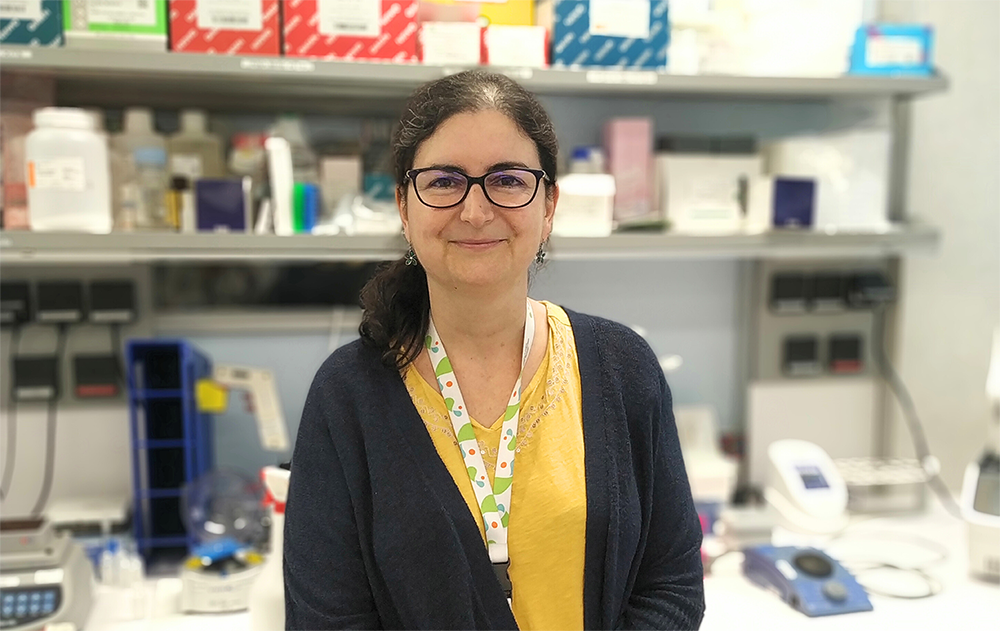16 de septiembre de 2025 (12:00)
"Cell-intrinsic and paracrine nutrient signaling in cancer: fueling the lymphoid and myeloid fires"
IJC Auditorium + Online
Inscripción
16 de septiembre de 2025 (12:00)
IJC Auditorium + Online
Inscripción
23 de septiembre de 2025 (15:00)
IJC Auditorium + Online
Inscripción

